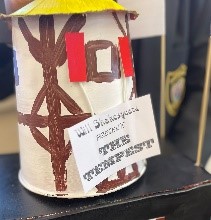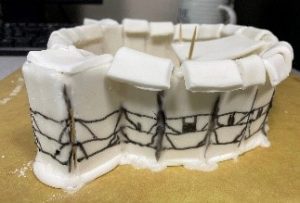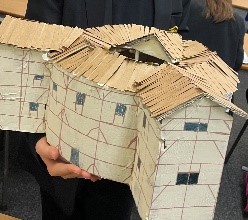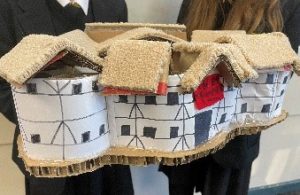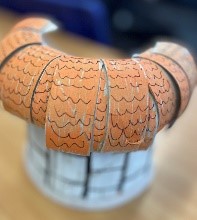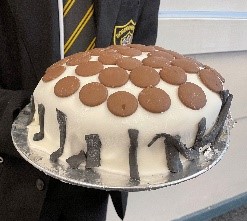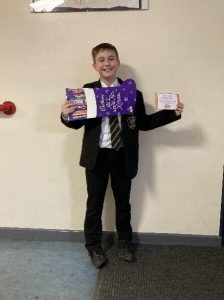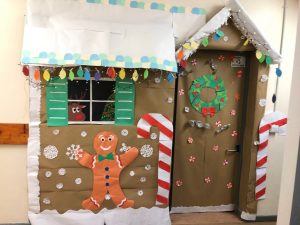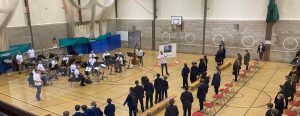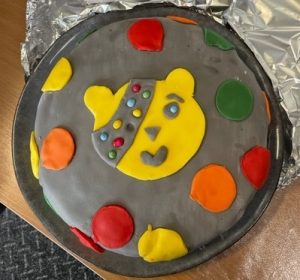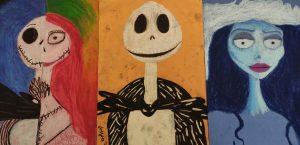The more that you read, the more things you will know.
The more that you learn, the more places you’ll go.
Dr. Seuss
With this is mind the English Team have launched the Read for Good Readathon with students in Years 7, 8 and 9 which runs from Monday 8th November until Friday 10th December. Students can choose whatever they want to read – from comics to classics and audio books to blogs, to encourage reading for fun. Money raised from sponsorship will help to provide a regular supply of brand new books and a resident storyteller to every major children’s hospital in the UK. School will also get Scholastic book vouchers worth 20% of everything raised. So let the reading begin!
If you’re thinking “My child isn’t interested in reading, and I can’t get them off a screen!” then click here for a parent/carer guide on how to support reluctant readers.
Staff have been visiting places themselves through the medium of the written word by sharing their favourite and current reads.
Starting with the backbone of England, Mr Woodward has just finished ‘In it for the Long Run’ by record breaking British ultra runner Damian Hall. He describes it as an easy but inspiring read of how a man started running in his mid-30s and went on to break the record for completing the 268 mile Pennine Way (all while picking up litter as he went!).
Moving to the west, Mrs Wellock is currently reading ‘The Shepherd’s Life’ by James Rebanks set in the hills and mountains of the Lake District.
Moving across the Atlantic Ocean to the USA, which is the base of Cassandra Clare who wrote ‘The Mortal Instruments’ currently being read by Mrs Bloomfield. ‘The Great Gatsby’ by F. Scott Fitzgerald, set on Long Island near New York City is Mrs Town’s favourite book and she’d also recommend ‘The Thursday Murder Club’ by Richard Osman. American writer Jodi Picoult’s, ‘The Book of Two Ways’ is Mrs Skilbeck’s choice.
Moving further west, Mrs Bibbings recommends ‘Wild: From Lost to Found on the Pacific Crest Train’ by Cheryl Strayed the story of a woman who, with no experience or training, hiked more than a thousand miles of the Pacific Crest Trail from the Mojave Desert through California and Oregon to Washington State—alone!
From the continent of North America to the continent of Europe, Mrs Hutchinson’s favourite book is ‘My Family and Other Animals’ by Gerald Durrell, set on the sunny Greek island of Corfu.
Zooming north to the ‘middle of nowhere or the middle of Finland’, Mrs Gomersal is reading the magical story of ‘The Boy Called Christmas’ by Matt Haig to her children, already getting in the festive spirit.
Moving eastwards to Asia, Madame Reed shares her favourite story of all time, ‘A Thousand Splendid Suns’ by Khaled Hosseini, a beautifully written story about the resilience of women and their spirit of mind, set in Afghanistan. Moving west to Syria, Mrs Bailie, who loves Donal Ryan’s writing and describes ‘From a Low and Quiet Sea’ as an engrossing and moving read about three people whose stories lead to an unexpected ending.
I’m enjoying the Booker Prize Winner, ‘The Promise’ by Damon Galgut set in South Africa.
Set in the fictional Aurient, Mr West is reading the aptly named ‘Interesting Times’ by Terry Pratchett. Staying with the fantasy setting, Mrs Flowers is currently reading ‘The Throne of Glass’ by Sara J. Maas and Mrs Webb would recommend ‘Percy Jackson – The Last Olympian’ by Rick Riordan.
And if you’d like to reflect on parenting, Mrs Lake would recommend as an interesting read ‘The Book You Wish Your Parents Had Read’ by Philippa Perry.
So, in the coming weeks, we’ll look forward to hearing about the places that our students visit in the Readathon.
Have a lovely weekend and I hope you have the opportunity to turn a few pages of your current read!

